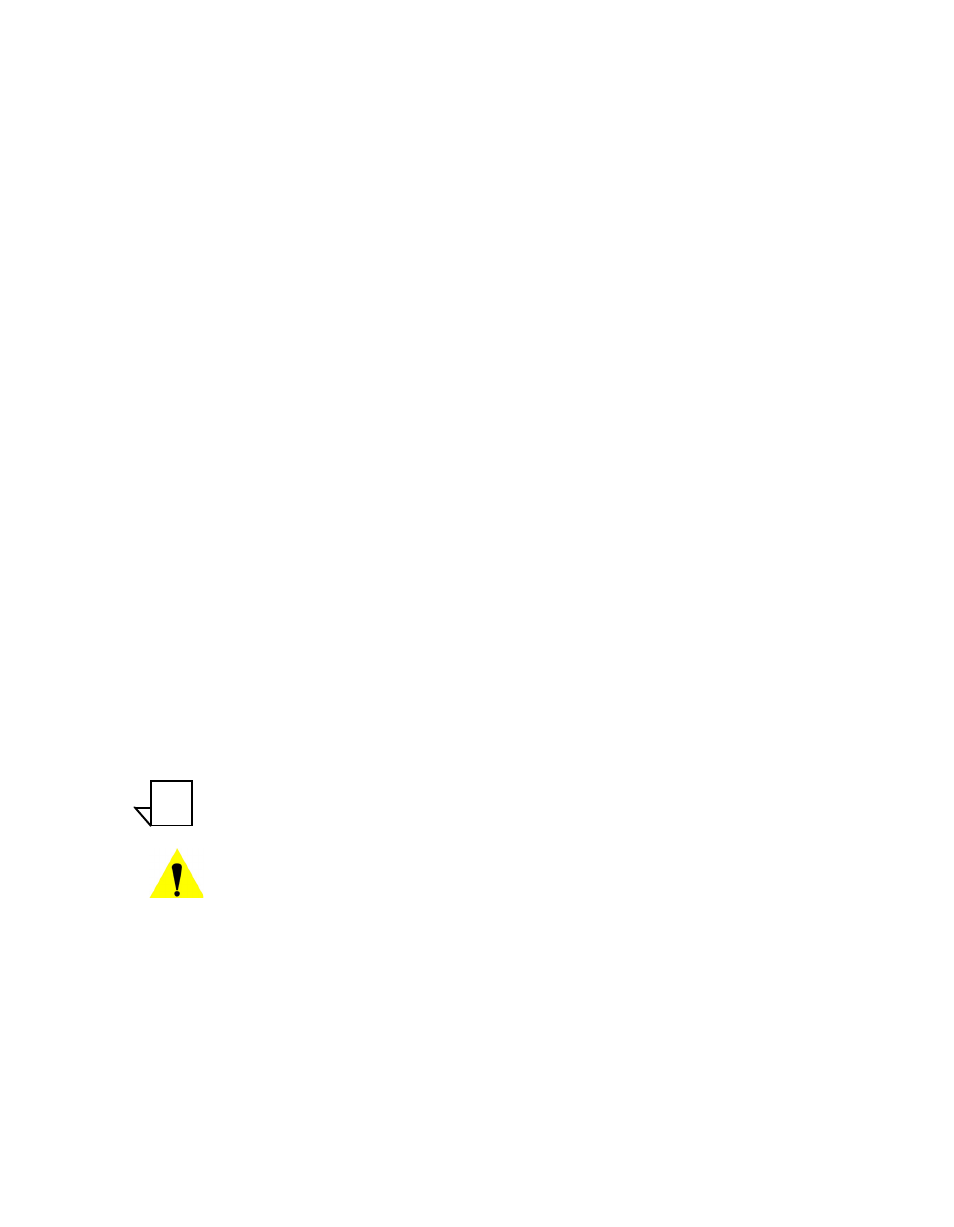Video switching, Voice switching, Quality of service switching – Comtech EF Data CDM-570/L Vipersat Parameter Editor User Manual
Page 58

Vipersat
2-42
CDM-570/L, CDD-56X Parameter Editor User Guide
Once the VMS receives the request to switch, it determines if there is a free
demodulator and whether there is bandwidth space available to handle the
requested application. If the resources are available, the VMS then performs the
switch.
Applications are streaming data. The remote CDM-570/570L looks at the
streaming data flow until it sees a break in the data exceeding 10 seconds. Once
a break is detected, the CDM-570/570L presumes that the application is termi-
nated (or has malfunctioned), drops the carrier, and makes the bandwidth
resources available for another service.
Video Switching
Select the Video switch detection option to configure the CDM-570/570L to
recognize the presence of a video signal and request a switch by the VMS.
Voice Switching
Select the Voice switch detection option to configure the CDM-570/570L to
recognize the presence of a voice signal and request a switch by the VMS.
Quality of Service Switching
Select the Quality of Service switch detection option to configure the
CDM-570/570L to request a switch from VMS as determined by the parameters
entered for QoS, as described in the section “QoS” on page 2-10.
QoS Rule based switching is a flexible and powerful mechanism for initiating a
Vipersat switch from STDMA to SCPC mode. This feature allows traffic to be
prioritized in situations where bandwidth availability exceeds demand. QoS
based switching, in addition to prioritizing traffic, will anticipate increased
demand and preemptively allocate more bandwidth as required.
Note: The DiffServ Mode is not supported for QoS switching.
Caution: If the QoS switching rule is not carefully defined, it is possible to
generate many more switches resulting in using more bandwidth than
intended. This is because the QoS rules can be defined very
generally but switches are done based on the concept of a flow which
is defined as a unique combination of the following parameters:
source IP and port, destination IP and port, and protocol.
For example, if a rule is defined for UDP traffic with no restrictions on
IP or Port, then each time the system detects a new stream of traffic
with a new IP address or port number, another switch will be made.
NOTE
